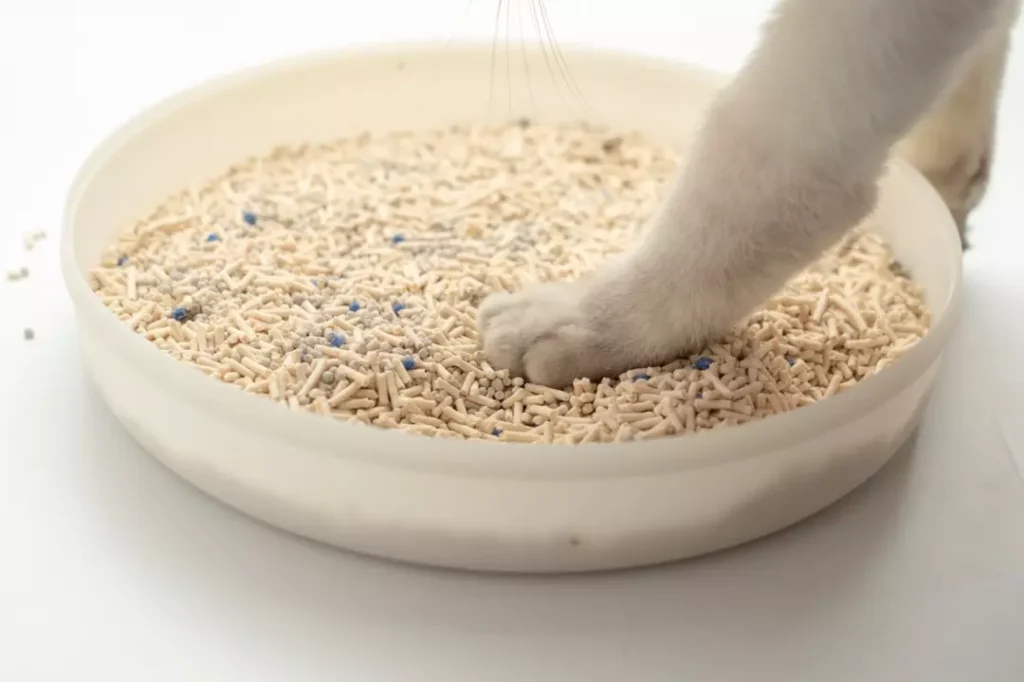Messi Biology stated that the application of magnesium oxide (MgO) in cat litter deodorants is mainly to help control odor and keep the environment fresh through its adsorption and neutralization properties. Specifically, the role of magnesium oxide in cat litter can be understood from the following aspects:

1. Hygroscopicity
Magnesium oxide has a certain hygroscopicity and can help absorb urine or moisture from cat litter and reduce moisture. This helps reduce bacterial growth and bad odor caused by moisture, thus playing an indirect deodorizing effect.
2. Neutralize acid gases
Magnesium oxide is an alkaline substance that can react with acidic components (such as urea, ammonia, etc.) in the urine to form an odorless compound. Ammonia is a common source of odor in cat litter. Magnesium oxide can effectively neutralize ammonia and reduce the release of odor. Therefore, magnesium oxide not only controls the odor, but also extends the freshness of cat litter.
3. Antibacterial and anti-mold effects
Magnesium oxide is also considered to have certain antibacterial effects. It can inhibit the growth of bacteria and mold, thereby reducing the foul odor caused by bacterial reproduction. This plays an important role in keeping the cat litter clean and fresh, especially in humid environments.
4. Improve the texture of cat litter
Magnesium oxide is usually non-toxic and pet-friendly, and it does not harm cats. In addition, the addition of magnesium oxide in cat litter can also improve the overall texture of cat litter, making it looser and easier to clean.
5. Extend service life
By reducing the generation of odor and moisture absorption, magnesium oxide can extend the service life of cat litter and reduce the frequency of replacement of cat litter, thereby improving the economic benefits of cat litter.
